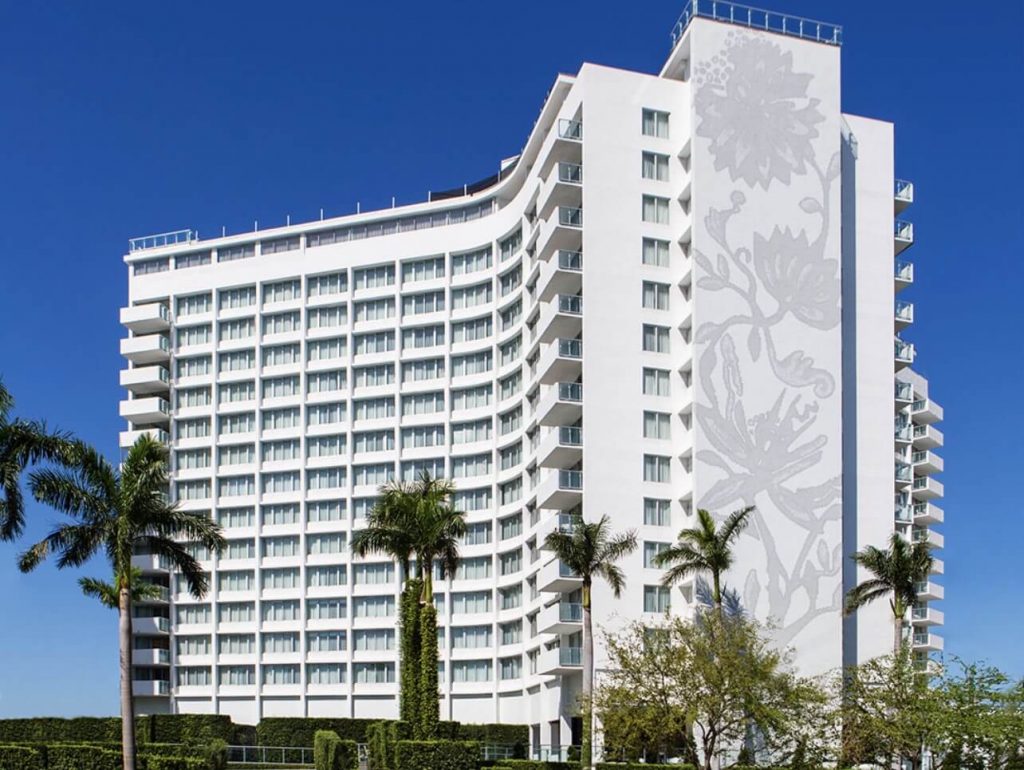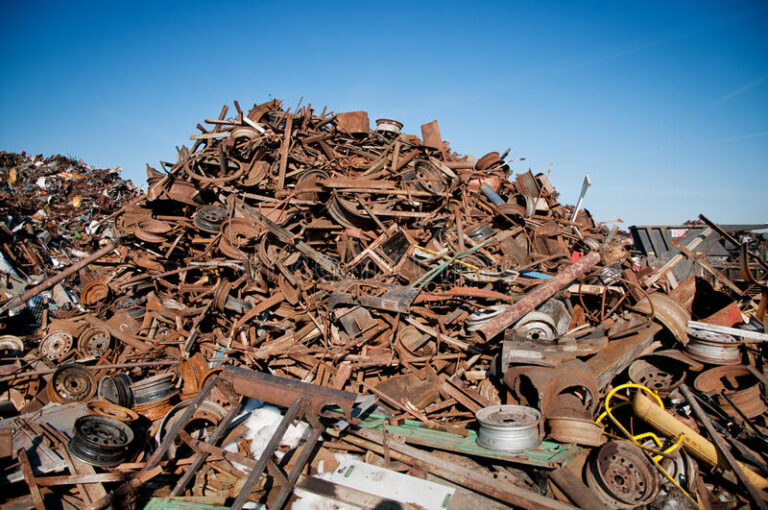The process of waterproofing involves creating a solid barrier over the surfaces of buildings, roofs, foundations, and other structural elements. Preventing moisture from entering is the impermeable barrier’s main goal. The surfaces of the buildings are coated to be water-resistant and waterproof. Commercial Building waterproofing commonly involves the use of bituminous material, polyurethane liquid membrane, cementitious materials, and liquid waterproofing membrane.Basements, walls, bathrooms, terraces, decks, green roofs, water tanks, all require waterproofing.
Techniques for Waterproofing
Waterproofing using Cement: The simplest type of Commercial Building waterproofing is cementitious waterproofing. Masonry sellers have cementitious waterproofing supplies readily available. They are very simple to combine and use. The cementitious waterproofing method is used in moist locations, such bathrooms. It avoids the contract and expansion process.
Liquid Membrane for Waterproofing: Two topcoats and a priming coat form the liquid membrane. The coatings are applied using a trowel, roller, or spray. Comparing liquid waterproofing to cementitious waterproofing, the liquid coating is thinner and more flexible.On the wall, the liquid dries into a rubbery protection. The coat’s stretching features can increase to 280%. The kind of polymer the manufacturer chose to create the liquid waterproofing determines how long-lasting the waterproofing coating is.Asphalt mixed with a polymer can be used as a spray-applied liquid layer for a liquid waterproofing membrane. Different manufacturers also provide polyurethane liquid membranes in different grades for trowel, roller, or spray applications.
Waterproofing using Bituminous Coating: Asphalt coatings, or bituminous coatings, consists of substances made from bitumen. It is a flexible protective coat depending on its formulation and polymerization grade. The polymer grade and fiber reinforcement might affect the flexibility and water resistance.Bituminous coatings are most frequently applied to areas that are damp beneath slabs. It works well as a waterproofing and protective coating, particularly on surfaces like concrete foundations.Unless it is treated with a more flexible substance, such polyurethane or acrylic-based polymers, it is not suited for exposure to sunlight.
Waterproofing using Bituminous Membranes: Bituminous membrane waterproofing is a common Commercial Building waterproofing technique for low-sloped roofs. The bituminous waterproofing membrane features a self-adhesive membrane and a torch on the layer.Asphalt, polymers, and filler are the main elements of self-adhesive compounds; other resins and oils may be added to improve adhesion abilities. The self-adhesive kind has a short lifespan since the membrane’s bonding strength weakens with time.There are covered and exposed varieties of torch on membrane. Granular mineral aggregate is frequently present in the exposed layer that resists weathering damage. To stop the other type of membrane from being damaged, the contractor must put one protective screed.
Waterproofing using Polyurethane Liquid Membrane: For flat roof areas that are exposed to weathering, the polyurethane liquid membrane technique of waterproofing is used. This type of waterproofing is not cheap.Greater flexibility can be provided through a polyurethane liquid membrane. Moisture concentration has a significant impact on polyurethane. As a result, it is important to carefully evaluate the moisture level of the concrete slab before to application; otherwise, membranes may eventually peel or de-bond.







